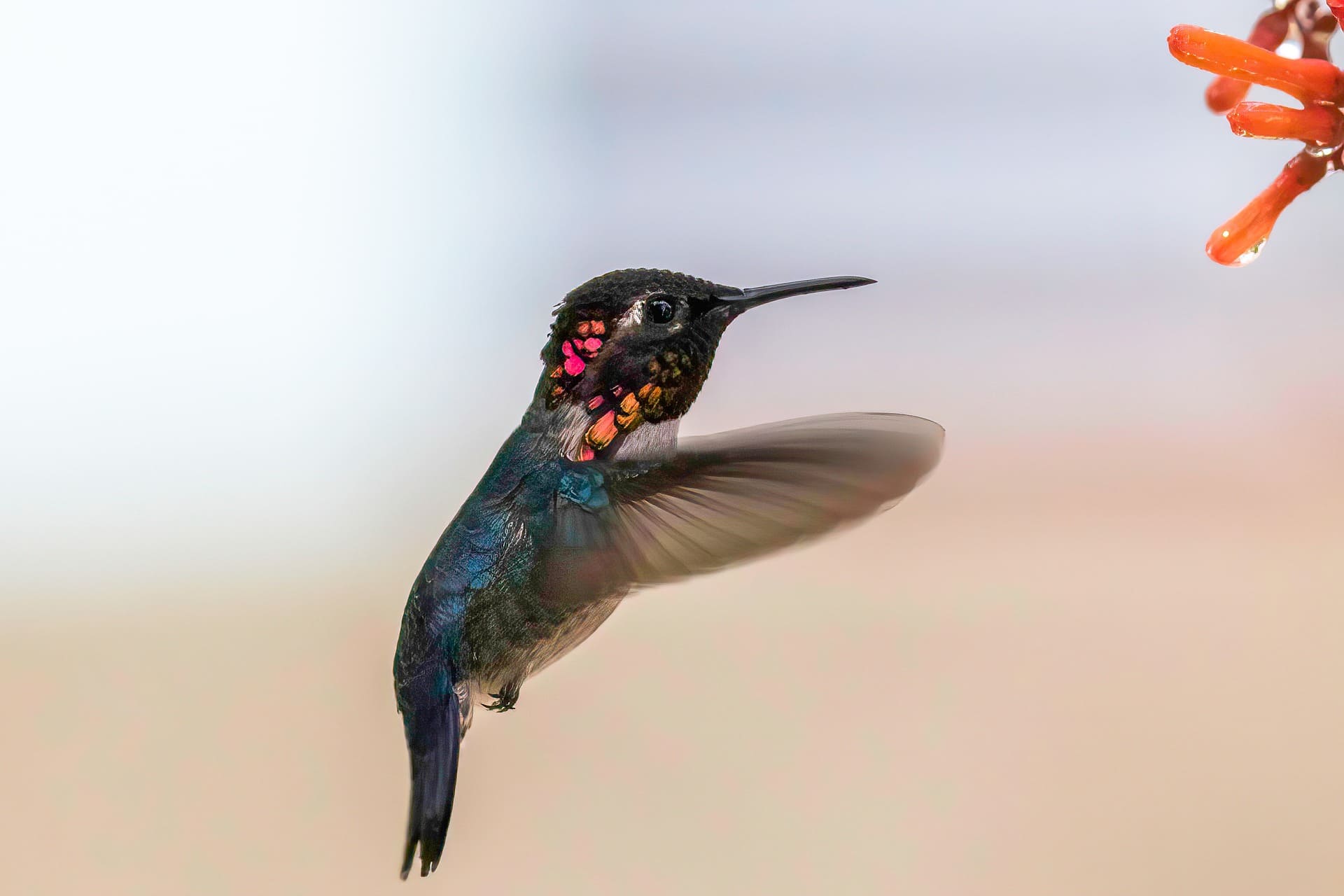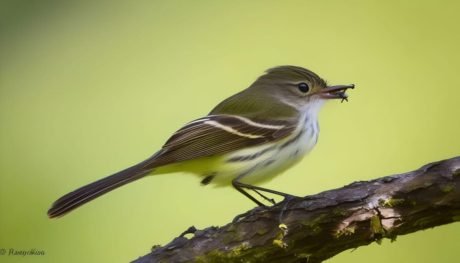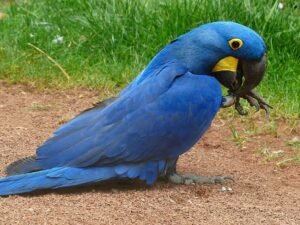Top 10 Smallest Birds in the World | Explore Fascinating World of Birds
Birds come in all shapes and sizes, from the majestic and massive to the delicate and diminutive. In this article, we will delve into the Top 10 Smallest Birds in the World, marvelling at their fascinating adaptations and exploring the challenges they face in an ever-changing environment. These tiny creatures have captured the hearts of bird enthusiasts worldwide, and their incredible behaviours continue to pique the curiosity of both experts and amateurs alike.
What defines a bird’s size?
The size of a bird is typically measured by its length from the tip of its beak to the end of its tail. While some birds may have longer feathers that extend beyond their bodies, it is the core length that is considered when ranking the smallest bird species.

Top 10 Smallest Birds in the World
1. Bee Hummingbird
The Bee Hummingbird, scientific name Mellisuga helenae, holds the title of being the smallest bird in the world. Found exclusively in Cuba, this vibrant little creature measures merely 2 to 2.4 inches (5.1 to 6.1 centimeters) in length and weighs just 1.6 to 2 grams. Despite its tiny size, the Bee Hummingbird boasts brilliant plumage and impressive aerial agility.

- Characteristics: Vibrant plumage, impressive aerial agility
- Behaviour: Feeds on nectar, rapid wingbeats, hovers in front of flowers
- Size: 2 to 2.4 inches (5.1 to 6.1 centimeters) in length
- Height: Very small, about the size of a large insect
- Weight: 1.6 to 2 grams
- Origin: Found exclusively in Cuba
- Lifespan: 3 to 5 years
- Price: $150 – $200
- Colour: Various shades of green, red, and blue
2. The Gray-bellied Tesia
The Gray-bellied Tesia is a minuscule passerine bird found in the forests of Southeast Asia. It measures around 3.7 to 4.3 inches in length and has a distinct grayish belly, making it easy to recognize.

- Characteristics: Distinct greyish belly, minuscule size.
- Behaviour: Agile and secretive. Size: 3.7 to 4.3 inches in length.
- Height: Small, but specific height not provided.
- Weight: Light and delicate.
- Origin: Found in the forests of Southeast Asia.
- Lifespan: Lifespan details not provided.
- Price: Not applicable (wild bird).
- Colour: Gray belly.
3. Elf Owl
The Elf Owl, or Micrathene whitneyi, stands as the smallest owl species globally, with a length of about 5.75 inches (14.6 centimeters) and a weight of 40 to 45 grams. These diminutive owls inhabit the southwestern regions of the United States and Mexico and are often spotted within cacti or tree cavities.
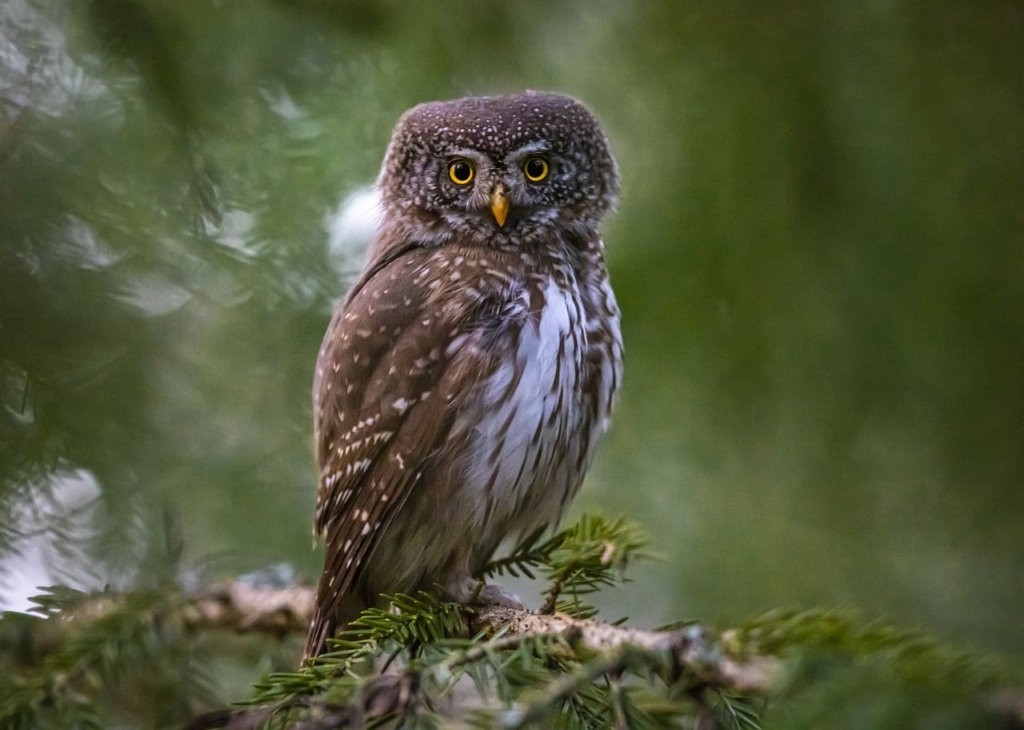
- Characteristics: Adorable appearance, distinctively large head
- Behaviour: Nocturnal, hunts insects and small prey
- Size: Approximately 5.75 inches (14.6 centimetres) in length
- Height: Small, with a round head and short tail
- Weight: 40 to 45 grams
- Origin: Inhabits the southwestern regions of the United States and Mexico
- Lifespan: 3 to 6 years
- Price: $300 – $400
- Colour: Brown and white plumage, with yellow eyes
4. Pygmy Owlet
The Pygmy Owlet, scientifically known as Glaucidium minutissimum, resides in India and Southeast Asia. Measuring between 4.7 to 5.5 inches (12 to 14 centimeters) in length and weighing 50 grams, these owls may be small, but they have an impressive hooting call that resonates through the night.

- Characteristics: Impressive hooting call, small size
- Behaviour: Nocturnal, hunts insects and small vertebrates
- Size: 4.7 to 5.5 inches (12 to 14 centimeters) in length
- Height: Small, with a rounded head and short tail
- Weight: 50 grams
- Origin: Found in India and Southeast Asia
- Lifespan: 3 to 5 years
- Price: $250 – $350
- Colour: Brown and gray plumage, with a distinctive facial pattern
5. Goldcrest
The Goldcrest, Regulus regulus, holds the distinction of being the smallest bird in Europe. It measures approximately 3.5 inches (9 centimeters) in length and weighs around 5 to 6 grams. These tiny birds are known for their active nature and can be found flitting through coniferous forests across the continent.
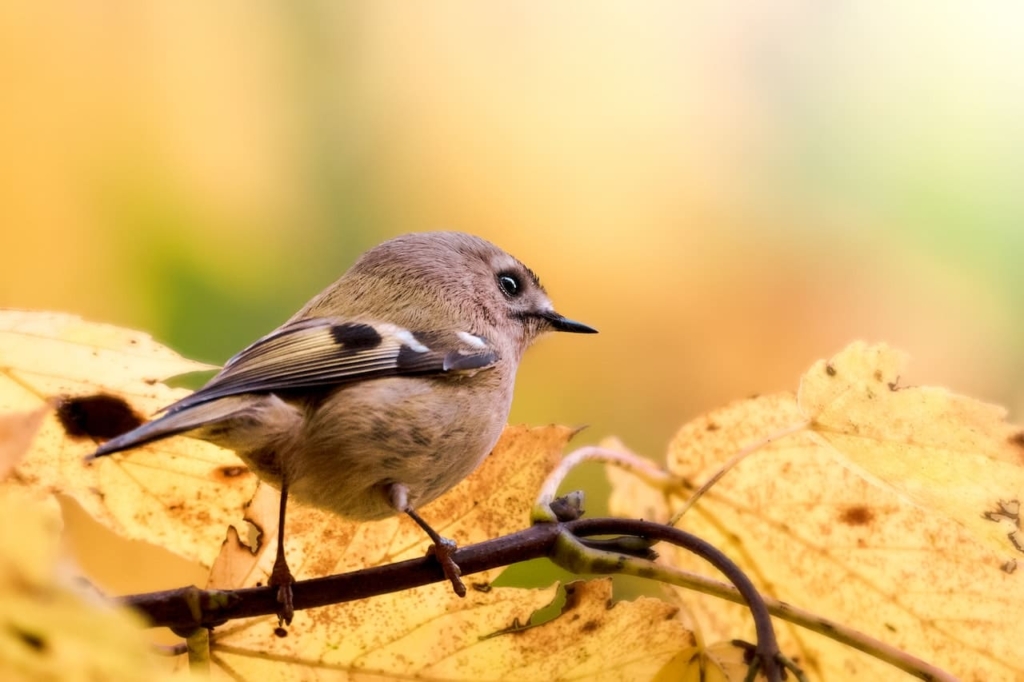
- Characteristics: Highly active, tiny size
- Behaviour: Agile and acrobatic, feeds on insects and spiders
- Size: Approximately 3.5 inches (9 centimeters) in length
- Height: Small, with a round body and short tail
- Weight: 5 to 6 grams
- Origin: Smallest bird in Europe, found across the continent
- Lifespan: 5 to 6 years
- Price: $100 – $150
- Colour: Olive-green plumage, with a yellow crown
6. Weebill:
The Weebill, native to Australia, measures around 3.1 to 3.5 inches (8 to 9 centimeters) in length. Despite its tiny size, it has a distinctively large head and a short, fine bill, which it uses to forage for insects and spiders in eucalyptus forests.

- Characteristics: Distinctively large head, short, fine bill
- Behaviour: Forages for insects and spiders in eucalyptus forests
- Size: 3.1 to 3.5 inches (8 to 9 centimeters) in length
- Height: Small, with a round head and short tail
- Weight: Approximately 8 grams
- Origin: Native to Australia
- Lifespan: 3 to 5 years
- Price: $180 – $250
- Colour: Olive-brown plumage, with a pale underbelly
7. Verdin:
The Verdin is a small passerine bird found in the southwestern United States and Mexico. It measures about 4.5 inches (11.4 centimeters) in length and is known for its bright yellow head and distinctive white eye-ring.
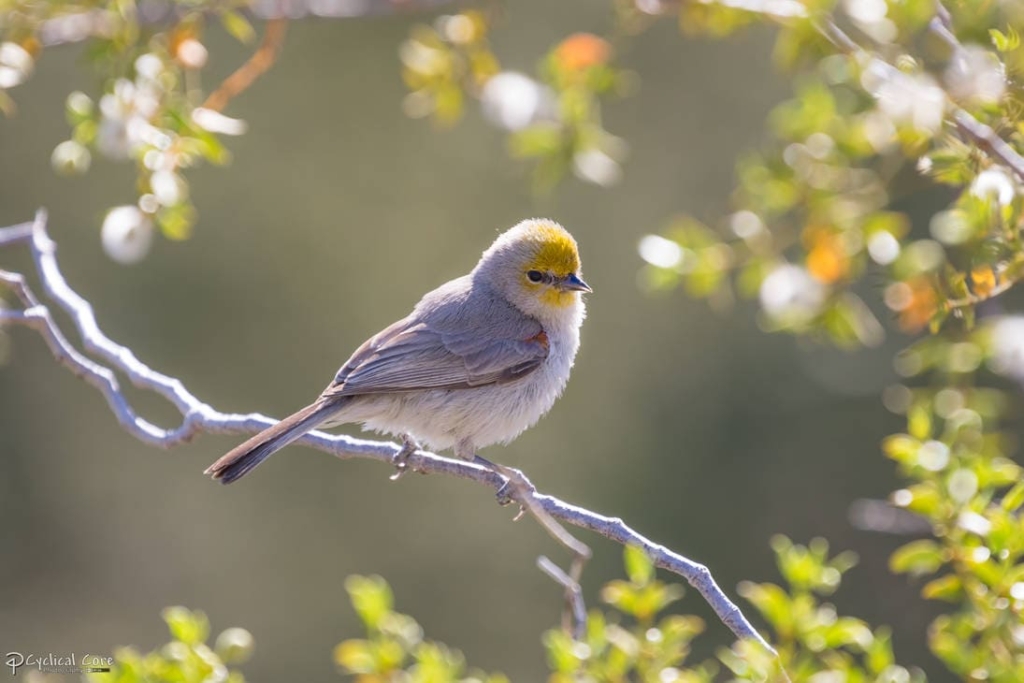
- Characteristics: Bright yellow head, white eye-ring
- Behaviour: Active and social, forages for insects and fruits
- Size: Approximately 4.5 inches (11.4 centimeters) in length
- Height: Small, with a round body and short tail
- Weight: 10 to 12 grams
- Origin: Found in the southwestern United States and Mexico
- Lifespan: 5 to 8 years
- Price: $120 – $180
- Colour: Yellow and gray plumage
8. Costa’s Hummingbird:
Native to the southwestern United States and Mexico, the Costa’s Hummingbird is a petite marvel, measuring about 3.5 inches (9 centimeters) long and weighing around 3.3 grams. The male displays striking purple plumage on its head and throat.

- Characteristics: Striking purple plumage on head and throat
- Behaviour: Feeds on nectar from desert flowers
- Size: Approximately 3.5 inches (9 centimeters) in length
- Height: Small, with a round body and short tail
- Weight: Around 3.3 grams
- Origin: Native to the southwestern United States and Mexico
- Lifespan: 3 to 5 years
- Price: $160 – $220
- Colour: Brown and purple plumage
9. African Penduline Tit:
The African Penduline Tit, native to sub-Saharan Africa, is a small, acrobatic bird measuring around 3.5 inches (9 centimetres) in length. Known for its pendulum-like hanging nests, this species thrives in savannas and woodlands.
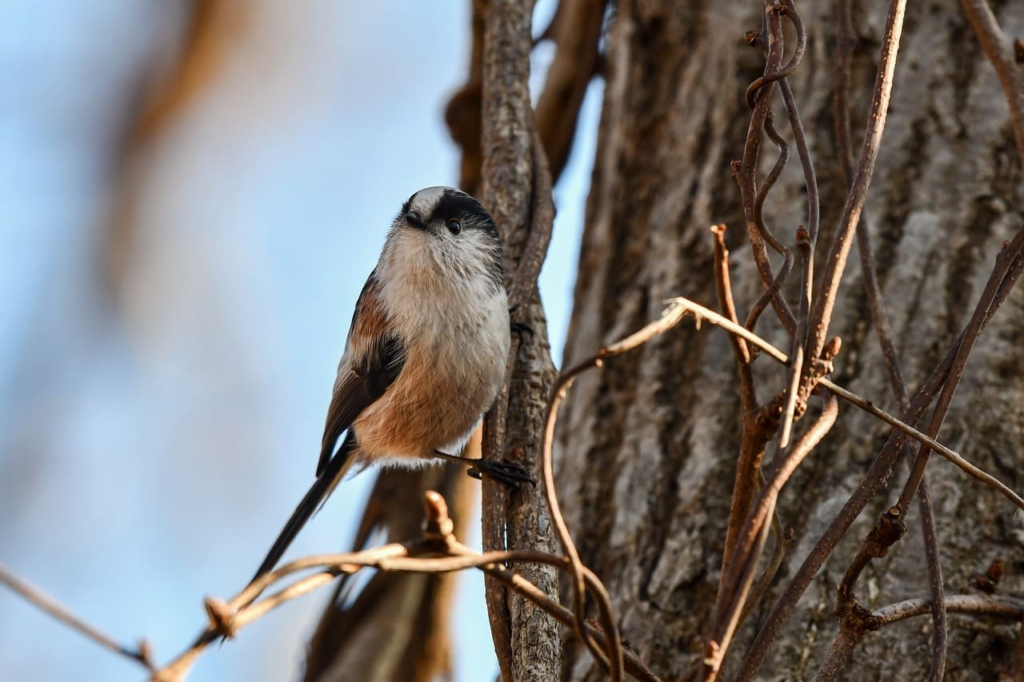
- Characteristics: Builds pendulum-like hanging nests
- Behaviour: Agile and acrobatic, forages for insects and spiders
- Size: Approximately 3.5 inches (9 centimeters) in length
- Height: Small, with a round body and short tail
- Weight: 8 to 10 grams
- Origin: Native to sub-Saharan Africa
- Lifespan: 4 to 6 years
- Price: $120 – $180
- Colour: Gray and white plumage, with a black face mask
10. Vervain Hummingbird:
Found in the Caribbean islands, the Vervain Hummingbird measures around 2.6 inches (6.6 centimeters) in length and weighs approximately 2.4 grams. Its vibrant green feathers make it a stunning sight to behold.

- Characteristics: Vibrant green feathers
- Behaviour: Feeds on nectar from flowers, agile in flight
- Size: Approximately 2.6 inches (6.6 centimeters) in length
- Height: Very small, similar to a large insect
- Weight: Approximately 2.4 grams
- Origin: Found in the Caribbean islands
- Lifespan: 3 to 5 years
- Price: $180 – $250
- Colour: Bright green plumage
Fascinating adaptations of small birds
1. Rapid wingbeats
Small birds, particularly hummingbirds, have incredibly rapid wingbeats that allow them to hover effortlessly in front of flowers while feeding on nectar. The Bee Hummingbird, for instance, beats its wings at a staggering rate of up to 80 times per second.
2. High metabolism
Due to their small size, these birds have high metabolic rates, requiring a constant intake of food to sustain their energy levels. They feed on nectar, insects, and spiders, consuming up to half of their body weight in food each day.
3. Unique nesting strategies
Smaller birds often build intricate nests in diverse locations to protect their offspring from predators. Hummingbirds, for example, craft cup-shaped nests using spider silk and plant material, attaching them to tree branches with remarkable precision.
4. Miniature eggs and chicks
The eggs of small birds are proportionally tiny, and their chicks are precocial, meaning they are born with their eyes open and are relatively independent shortly after hatching.
The secret lives of tiny birds

1. Foraging techniques
Small birds have developed various foraging techniques to access food sources that may be inaccessible to larger birds. Hummingbirds use their long, slender bills to reach deep into flowers, while pygmy owlets rely on their exceptional hearing to locate prey in dense foliage.
2. Migratory patterns
Despite their size, some small bird species undertake remarkable migratory journeys, traveling thousands of miles between breeding and wintering grounds. These migrations showcase the resilience and determination of these tiny avian wonders.
3. Communication methods
Small birds utilize diverse communication methods, including intricate songs and distinctive calls, to communicate with potential mates, establish territories, and warn of impending dangers.
Conservation concerns for small bird species
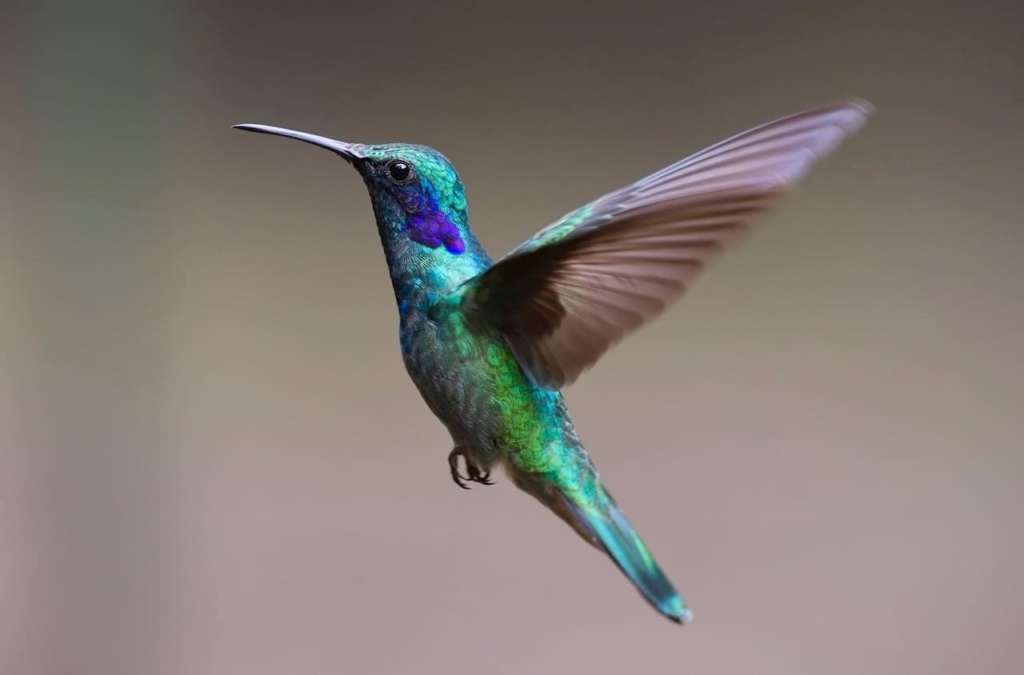
1. Habitat loss
Small bird species face severe threats from habitat loss due to deforestation, urbanization, and agriculture. Destruction of their natural habitats disrupts their breeding and foraging grounds, endangering their survival.
2. Climate change impact
Climate change poses a significant threat to small birds, altering weather patterns and affecting the availability of food sources during critical times of the year, such as breeding and migration.
3. Threats from predators and human activities
Predation by invasive species, such as feral cats and rats, poses a significant danger to small bird populations. Additionally, human activities like pesticide use and collisions with buildings and vehicles also contribute to their decline.
Birdwatching and conservation efforts
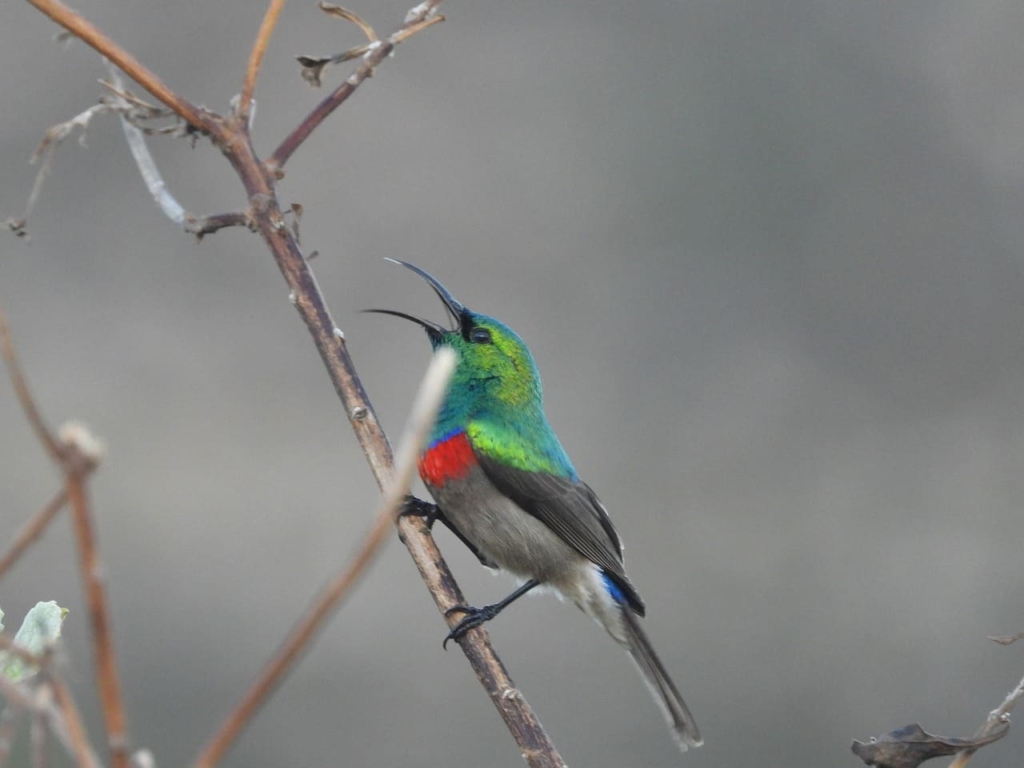
1. Birdwatching tips
Birdwatching is an enjoyable and rewarding activity for nature enthusiasts. To observe small birds, be patient and use binoculars to get a closer look at their intricate behaviors and vibrant plumage.
2. Engaging in citizen science
Participating in citizen science initiatives allows individuals to contribute valuable data on bird populations and distributions, aiding scientists in conservation efforts.
Supporting bird conservation organizations
Supporting local and international bird conservation organizations helps fund research and conservation projects aimed at protecting these delicate creatures and their habitats.
Conclusion on Smallest Birds in the World:
Small birds, with their remarkable adaptations and charming personalities, remind us of the intricacy and beauty of nature on a smaller scale. From the Bee Hummingbird’s breathtaking flight to the Pygmy Owlet’s haunting call, each species holds a unique place in the avian world. However, as their habitats face increasing pressures, it is crucial for us to take action and support conservation efforts to ensure these tiny wonders continue to grace our skies.
Frequently Asked Questions on Smallest Birds in the World:
-
Are all small birds migratory?
No, while some small bird species undertake long migrations, not all of them are migratory. Some small birds are year-round residents in their habitats.
-
What is the lifespan of small birds?
The lifespan of small birds varies between species. Hummingbirds, for example, may live for 3 to 5 years, while some small owls can live up to 10 years or more.
-
How can I attract small birds to my garden?
To attract small birds, provide a diverse range of native plants that offer food and shelter. Installing bird feeders and bird baths can also be enticing to these tiny visitors.
-
What is the fastest-flying small bird?
The Bee Hummingbird is one of the fastest-flying small birds, capable of reaching speeds of up to 30 miles per hour (48 kilometers per hour).
-
Do small birds have predators?
Yes, small birds face predation from various sources, including larger birds, mammals, and human activities. Conservation efforts help minimize these threats and protect their populations.
-
What is the smallest bird egg in the world?
The smallest bird egg belongs to the Vervain Hummingbird (Mellisuga minima), measuring just about the size of a pea. These tiny eggs are well-adapted to the small nests built by hummingbirds.
-
Do all small birds migrate?
While many small bird species undertake migratory journeys, not all of them migrate. Some small birds are resident species, meaning they stay in their habitats throughout the year.
-
What is the smallest bird of prey?
The smallest bird of prey is the Elf Owl (Micrathene whitneyi), which is only about 5.75 inches (14.6 centimeters) in length and feeds primarily on insects and small rodents.
-
Are all small birds brightly coloured?
While some small bird species, like hummingbirds, are known for their vibrant colours, not all small birds have bright plumage. Many small birds have more subdued colours that blend with their natural habitats for better camouflage.
-
How fast can the smallest birds fly?
The Bee Hummingbird (Mellisuga helenae), the world’s smallest bird, can reach speeds of up to 30 miles per hour (48 kilometers per hour) during its impressive aerial displays.
-
How many times can a hummingbird flap its wings per second?
Hummingbirds have incredibly rapid wingbeats. On average, they can flap their wings up to 50 to 80 times per second, depending on the species.
-
What is the smallest bird in North America?
The Calliope Hummingbird (Selasphorus calliope) holds the title of the smallest bird in North America, measuring about 3.1 to 3.3 inches (8 to 8.4 centimeters) in length.
-
Are small birds more vulnerable to predators?
Small birds can be more vulnerable to predators due to their diminutive size, but they have evolved various strategies, such as quick and agile flight and nesting in concealed locations, to minimize predation risks.
-
How many eggs do the smallest birds lay in a clutch?
The number of eggs laid in a clutch varies between species. Generally, small birds lay smaller clutches, often containing two to three eggs, to ensure they can adequately care for their offspring.
-
Are small birds loud singers?
Despite their small size, many small bird species are remarkably loud singers. Birds like the Wren and Warbler have powerful songs that can carry over long distances.
Recommended related to Smallest Birds in the World:
Top 5 Exotic Dog Breeds: Discover the World of Unconventional Canines

























